Classification and Selection of Rubber Buffer Shock Absorbers
2020.03.30 Rubber buffer shock absorbers are classified according to their function:1. Narrow sense rubber buffer shock absorbers that support various devices;
2. Rubber bumpers for the purpose of absorbing impact;
3. Rubber springs used as mechanical actuating members;
4. Dynamic dampers that eliminate vibration of a specific vibration frequency;
5. Rubber couplings are also included in the category of rubber buffer shock absorbers.
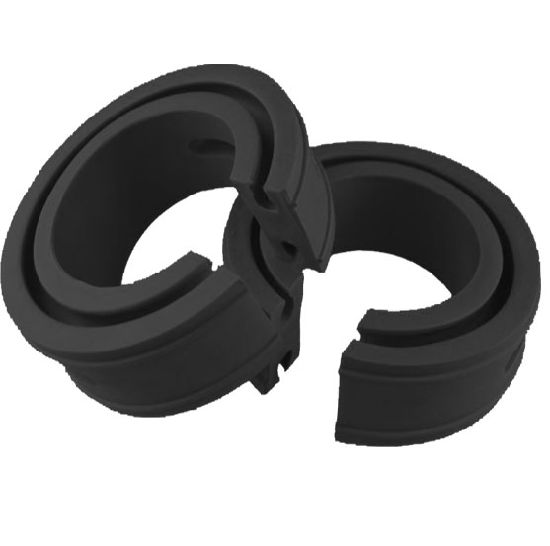
1. Compressed type. This type is a rubber shock absorber that is mainly used for the compression direction. The advantage is that the load bearing capacity is large, but the elastic modulus of the compression direction cannot be chosen too low.
2. Shear type. This type is a rubber shock absorber that is mainly used for the cutting direction. Its load-bearing capacity is small, but the advantage is that the elastic coefficient can be chosen very small
3. Compound. It is a rubber shock absorber for the combination of compression and shear, with intermediate features of compression and shear.
4. Cylindrical type. This type of rubber shock absorber can be used for vibration damping in the vertical direction, axial direction, twisting, and distortion of the shaft. For the vertical direction of the shaft, similar to the compression type rubber alkali shaker, the load-bearing capacity is generally large, but the elastic modulus cannot be chosen too small.
Rubber buffer shock absorber selection
When we choose the shock absorber, we should first understand its characteristics, and then choose according to the environment. The rubber shock absorber is characterized by its shape can be designed as needed, the stiffness is adjustable, the damping ratio is larger than the spring, the shear, the tensile, the compression, and the installation are simpler.
At the same time, due to the nature of the product itself, there are many occasions where rubber products are very inappropriate. First of all, the rubber will become brittle at minus 30 degrees, losing its own elastic deformation. At that moment, there is no damping effect at all, so in an environment that is too cold, do not use rubber-based vibration-damping products to avoid the expected effect. If you are in a very hot environment, do not use rubber buffer shock absorbers. Otherwise, not only does it not have the expected damping effect, but even an accident may occur.
Related News
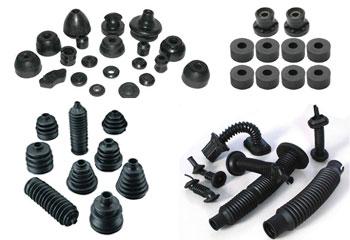
Do you really know about the current situation and development trend of automotive rubber parts?
September 3, 2018The rapid development of China's automotive industry is promoting the related supporting industries, especially the rubber industry. Over the years, automotive rubber parts have developed into a uniqu... view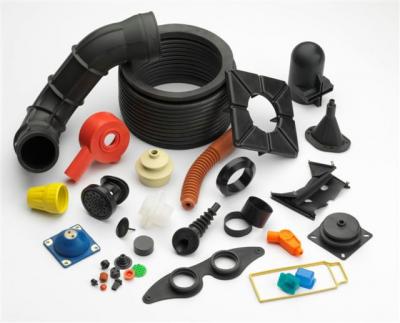
Anti-Vibration &Safety Product of Rubber Auto Parts
September 3, 2018Anti-vibration productIt is mainly installed in the engine, car body, air conditioning and car suspension system. It is mainly used to reduce vibration and noise when driving, improve the stability, s...view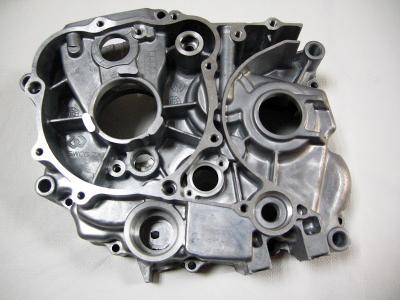
Pressure Die Casting Parts Development Prospects
September 3, 2018China's economy is still developing rapidly. As the contradiction between the resources and the environment is increasingly intensifying, according to the requirements of Scientific Outlook on Develop...view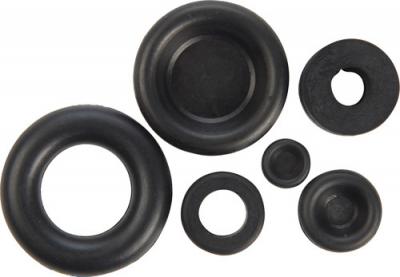
Automotive Window Gasket Rubber Daily Maintenance
September 3, 2018Check whether there is any big crack or fracture in the seal. If the seal is broken, it can be repaired with a binder. Using the special seal adhesive can patch up the big cracks easily. Of course, if...view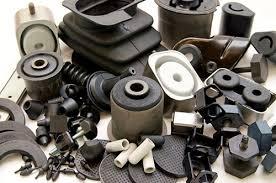
Variety of Rubber Auto Parts
September 3, 2018There are many kinds of the rubber auto parts except the tires. Generally, one car is equipped with 200 to 300 kinds of rubber auto parts, and some wagons and industrial cars can have 400 to 600 piece...view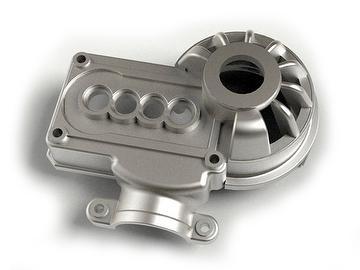
Design Programming of Die Casting Parts
September 3, 2018Design specification for wall thickness of auto die casting partsDie casting parts with thin walls have higher strength and better compactness than the ones with thick walls. In view of this, the desi...view
- TEL:+86-0574-88106851
- FAX:+86-0574-88106851
- EMAIL:sales@relong.cnjett@relong.cn
- ADDRESS:11/F, South Building, No. 1299, East Yinxian Avenue, Ningbo, China

